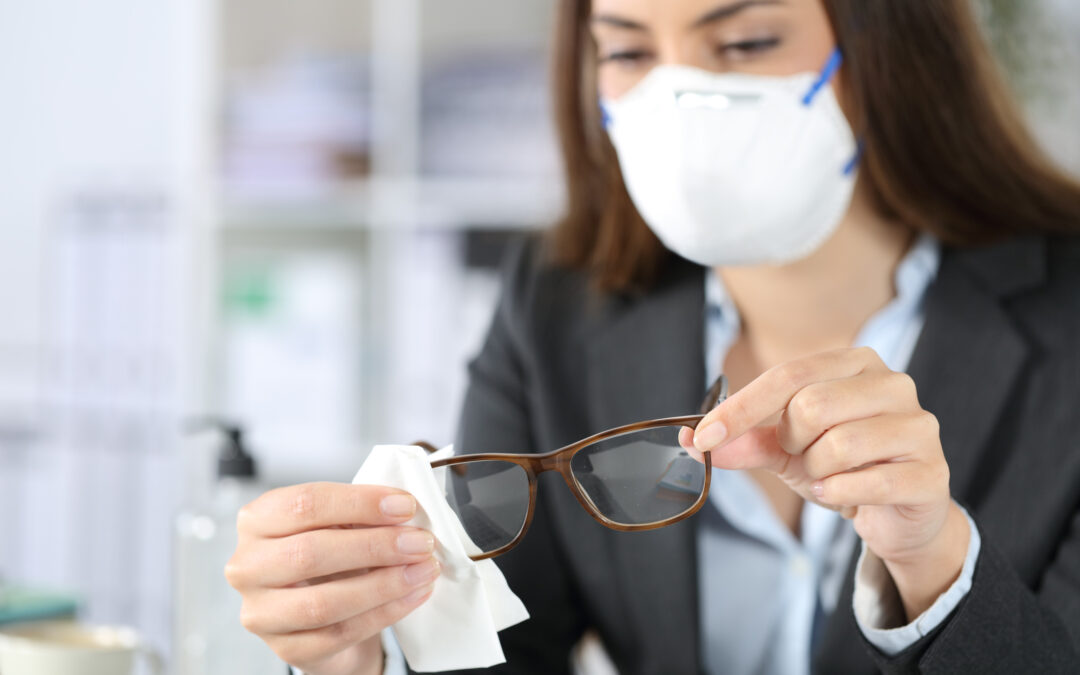With the outbreak of the novel coronavirus the Centers for Disease Control (CDC) recommends and some states and localities have mandated a variety of mitigation protocols to reduce the spread of the virus – including wearing a cloth face mask. Note, it is not advised to use medical grade masks as those are needed in healthcare settings.
A face mask is a protective shield that is used to cover the nose and the mouth. Experts believe that coughing and sneezing can effectively transmit the virus from person to person. Therefore, wearing a face mask in public, particularly where social distancing measures are difficult to maintain, helps mitigate risk.
Keep in mind that the virus can be spread by individuals who are not symptomatic. Cloth face masks are not meant to protect the person wearing from the virus but to reduce the risk of spreading the virus to others. However, use of masks cannot singlehandedly stop the transmission of the virus. You should not forget to also practice social distancing, frequent handwashing and usage of an alcohol-based hand sanitizer. And refrain from touching your face as much as possible.
How to wear a face mask
While putting on a face mask may seem like a relatively simple task, certain guidelines need to be followed in order to ensure the most utility from it.
- Before putting on the mask, ensure that you have cleaned your hands with soap or an alcohol-based hand sanitizer.
- Put the face mask over your nose and mouth and ensure that there are no gaps between your face and the mask.
- When using the mask, ensure that you do not touch it with your hands. If you do, be sure to sanitize your hands immediately.
- To remove your face mask, pull out the bands from behind your ears. Do not touch the front of the mask while removing it.
One of the most common complaints associated with wearing face masks is the discomfort it causes. While using a face mask, ensure that it fits snugly, but not in a way that it digs into your skin. Remember to opt for a breathable fabric like cotton, so that you can keep the mask on for longer without feeling suffocated.
How to keep glasses from fogging while wearing a face mask
If you wear glasses, you may have noticed that spectacles tend to mist up when you have a face mask on. This is because the face mask directs the exhaled air upwards. This causes the water vapor to get condensed on your glasses. A simple way to prevent this is to wash your glasses with soap and water right before you wear your face mask. You can let the glasses air-dry, or you could use a soft tissue to wipe it dry.
Making your own face masks
Surgical or medical grade masks are needed by emergency responders like doctors, nurses, and hospital staff. And there is a shortage of supply in the markets. The general public should use non-medical cloth masks. These may also be scarce so many people opt to make their own cloth face coverings by using a simple, breathable fabric like cotton and sewing two elastic bands to the sides of the cloth. You can visit here for detailed information.
Cleaning your masks
It is important to toss out single-use masks as and when you reach your home. Reusable masks can be worn for a longer time, if you wash it every time you wear it. The same rules apply for home-made cloth face masks.
Remember to avoid touching your eyes, nose, and mouth when wearing a mask or when you are out and about. In such times, it is paramount to practice good hygiene and use precaution when stepping outside.
Following these tips can make wearing cloth masks more bearable and help reduce the risk of spreading COVID-19 in your community.

